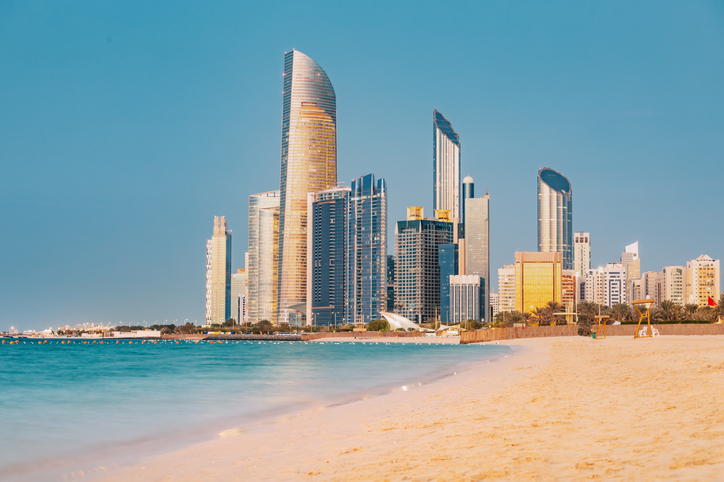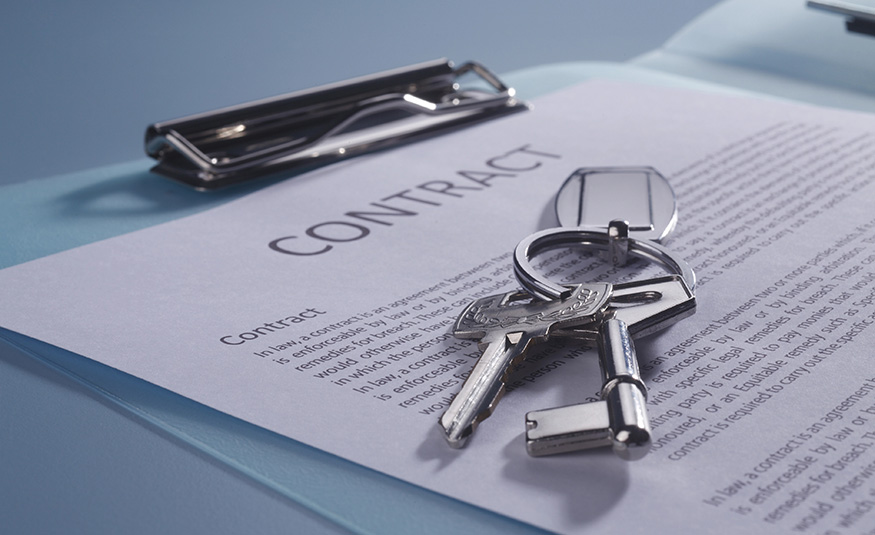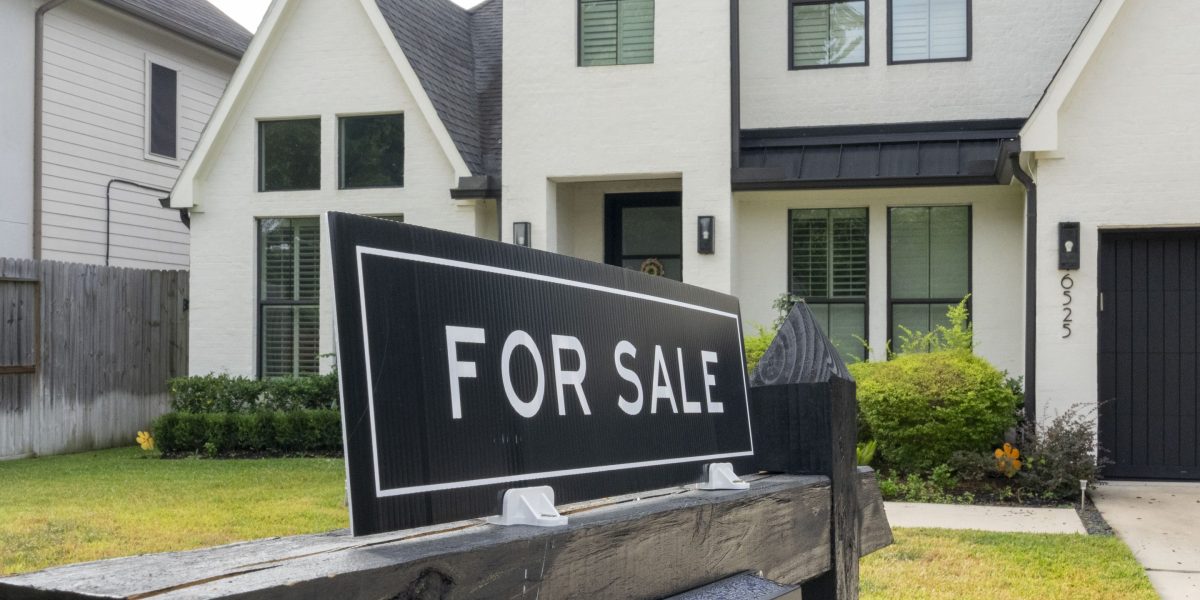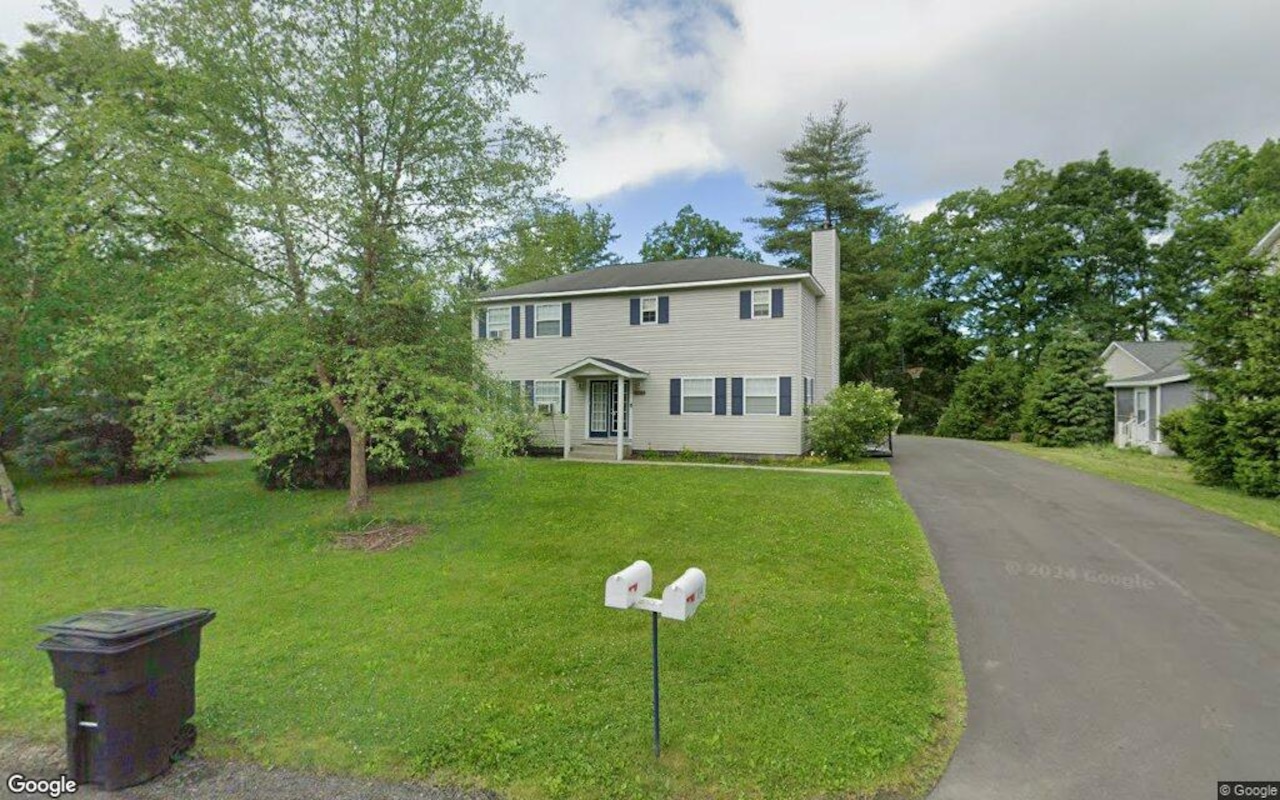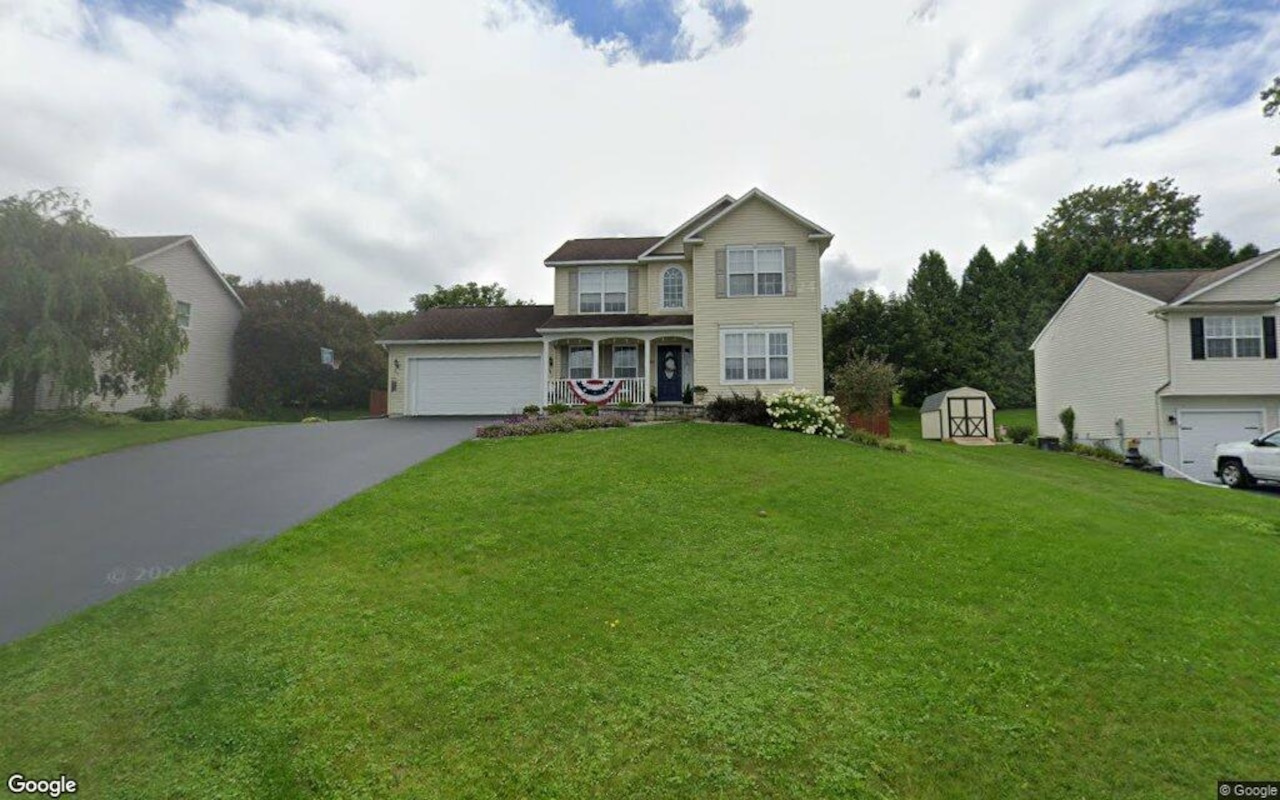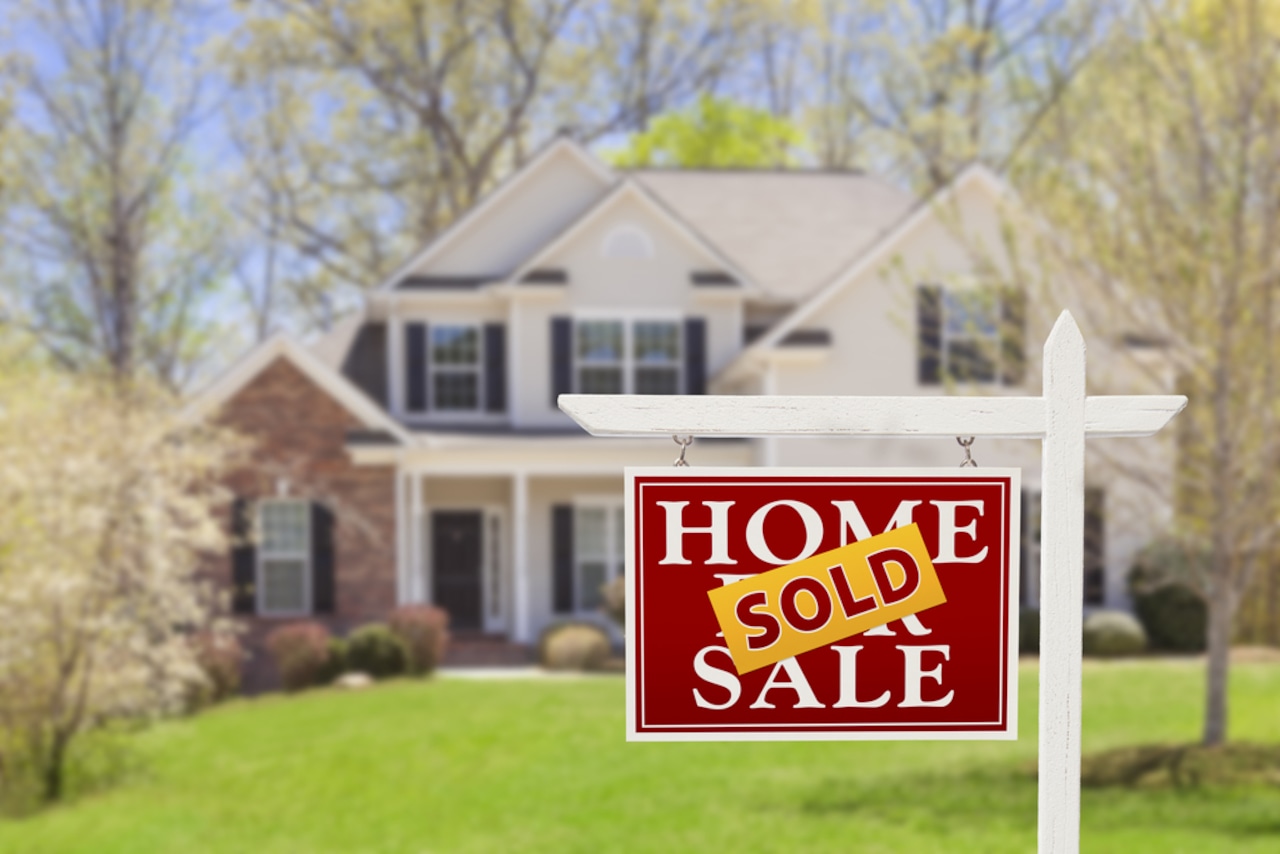A
rchitects, designers, and wellness experts are creating spaces that cater to individual and group activities due to high demand. According to McKinsey's latest report, the 2024 global market for wellness is projected at $1.8 trillion, with certain demographics like Gen Zers and Millennials showing extra interest. Real estate professionals can expect more customers seeking homes with wellness-specific features or examples of how to incorporate wellness into their lives.
To create a wellness space, designers are incorporating biophilic design principles, which connect users to nature through views and access to the outdoors and natural materials. Using natural stone for countertops, walls, and floors is becoming increasingly popular, as it brings in a connection with nature. Limewash paint on walls and ceilings allows moisture to evaporate, preventing mold and mildew growth.
Homeowners are also looking to create relaxation spaces that promote mental and physical well-being. Installing wet rooms with showers and tubs saves space and makes rinsing off easier. Home gyms remain popular, especially with the rise of online fitness classes post-pandemic. Some homeowners invest in cold plunge pools and saunas for their therapeutic benefits.
In multifamily developments, condominium and apartment buildings are adding wellness features such as saunas, cold plunge pools, and salt spa rooms to promote relaxation and improve breathing. Curated options like soundproof rehearsal rooms, children's playrooms, and luxurious rain showers are also becoming more common.
The wellness trend has extended outdoors, with developers setting aside land for green parks and trails that encourage healthfulness amid fresh air. Some developments feature small footprints, easy maintenance, and conservation of land for shared purposes. Outdoor spaces like Cascade Park in Chicago provide lakefront access and transform what was once a 50-foot elevation change into a safe, accessible connection to the lakefront.
Residential builders and homeowners are also focusing on indoor air quality by using HVAC systems that help curtail air leakage and perform more sustainably. Some build to higher green standards through certification programs like BREEAM, which addresses features that improve indoor air quality, energy efficiency, and resilience.
As wellness continues to shape home design, buyers and builders prioritize features that promote health, relaxation, and sustainability. By integrating thoughtful design choices, homeowners can create environments that support well-being, efficiency, and a deeper connection to their surroundings.


